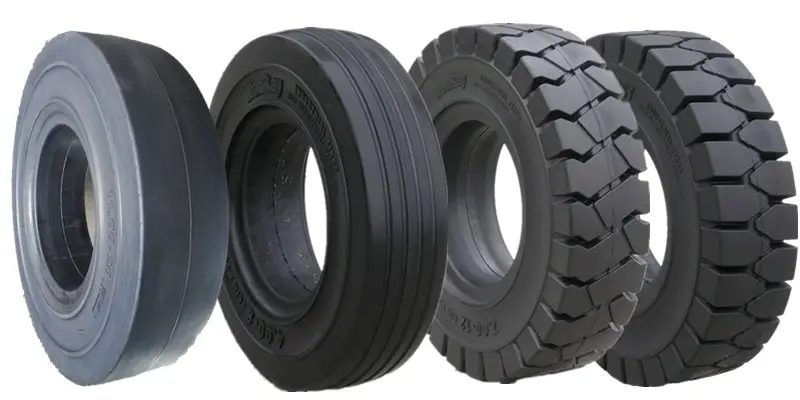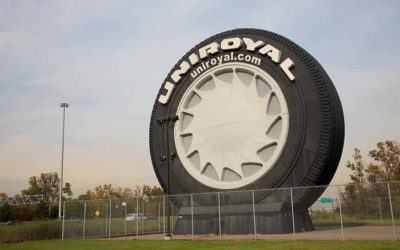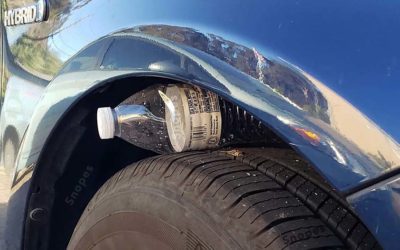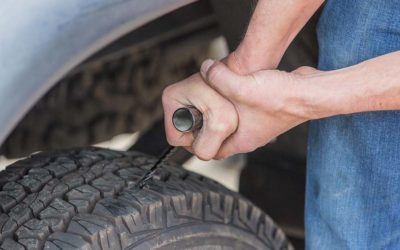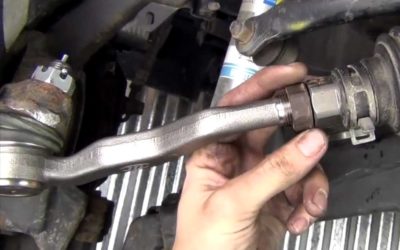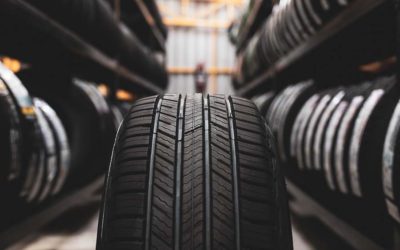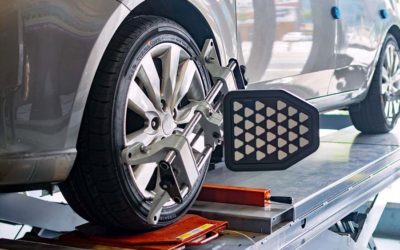The air-filled, or pneumatic tire, has long been a norm for most of us. But why aren’t tires made of solid rubber? It’s reasonable to dream of this product, which won’t suddenly turn flat on the road and get you into trouble.
It’s true that during the mid-1800s, that was the only option for car owners. Everything has changed ever since the revolution of technology and science. So, what forces the world to give up hope on the predecessor and switch to a pneumatic one? Is it because of the ride quality?
Why Aren’t Tires Solid?
Many factors contribute to a great, comfortable, smoother ride. The most important factor affecting passenger and driver comfort is how the vehicle deals with hazardous road conditions and distributes shock.
Not only will that contribute to comfort and safety for the parts and components, but it also impacts how well the driver will be able to control his four-wheel friend.
Unfortunately, this is where the solid rubber tires for cars can’t satisfy us and lose the game. The pressure from the shaking will be transferred entirely to the car above those wheels. You wouldn’t want that to happen to your dear friend.
Here are some pros and cons of solid tires to explain its absence on automobiles.
Advantages
This type of wheel is still widely used in some industries and vehicles. There must be some advantages that have saved their lives. The major plus point for them is their maintenance-free characteristics when it comes to tire pressure.
Unlike a pneumatic rubber tire, you can never get a flat or puncture with them. You won’t have to worry about those who spread nails across the road for you to get flat and come to their garages. Also, they are ideal for doing work that might have potential punctures, such as forklifts or industrial vehicles.
You can easily catch these heavier wheels on children’s toys, shopping carts, or bicycle wheels. We are sure you’ve never witnessed someone pumping air into shopping carts’ wheels, and this is why!
Disadvantages
Sadly, maintenance-free is the only advantage they have over pneumatic one. Other than that, they have two disadvantages which would make you stay away from them.
The first one, as we have mentioned before, is their lack of shock absorption. This is a big no for any passengers or drivers who ride around in their cars daily. They won’t want to endure those bumpy rides!
Moreover, the solid characteristic has indicated that they weigh much heavier than their opponent. A bigger load carrying also means more engine pressure and fuel waste.
In the nowadays automatic industry, manufacturers are trying their best to cut down on their vehicles’ weight. The lighter weight enables drivers to handle the car more efficiently by accelerating and braking.
Why Are Air-Filled Tires The Norm?
Why aren’t tires made of solid rubber? They are, but they are not so popular anymore. The air-filled, or pneumatic tire, first welcomed the world in 1845 in Scotland. But at that time, the material was too costly, making the invention seem like a waste of time.
Then in 1887, another resident from Scotland made a pneumatic tire for his son’s bicycle in Ireland. And from this time, it has gone mainstream.
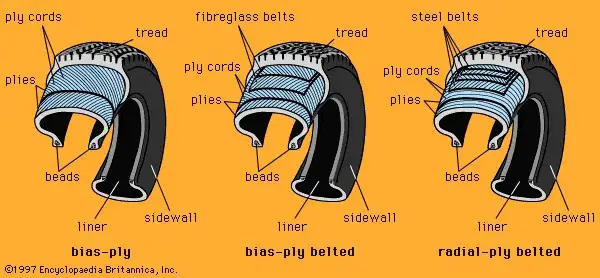
The reason why these models become traditional tires is that they cover what the other one lacks. It is much lighter, comes with a more reasonable price, and has a good shock absorbing ability. Through time, it has become the best tire for passenger vehicles.
Still, it comes with a few disadvantages for being air-filled. Unlike its opponent, it requires regular air pressure maintenance owing to the compressible air inside of it. Once the tire gets flat, you will have to replace or pump it back to normal, as driving with a flat tire is not a good idea when you don’t have a spare tire available.
View more: What Are Pneumatic Tires?
What Are The Alternatives To Solid Wheels?
The best alternative we can think of are airless tires or non-pneumatic tires. This type of wheel can’t get a flat, just like its sibling above (air-filled), making it ideal for heavy-duty jobs.
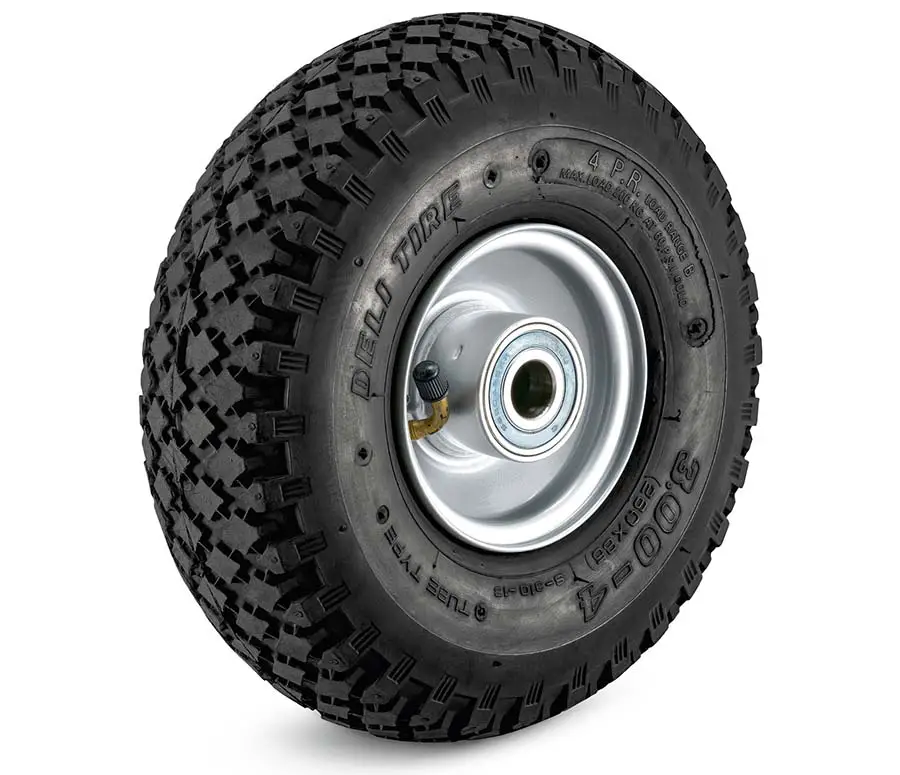
One good thing about this one is that it absorbs shock better than solid ones, though it can’t beat the pneumatic tire and you might have to experience quite an uncomfortable ride. The greatest downside to it is the overheating and instability during high speed.
Conclusion
The above discussion must have solved your riddle. It all depends on ease of use, comfort, and cost. Nevertheless, it doesn’t mean people won’t use them anymore. They are still best friends for certain tasks

